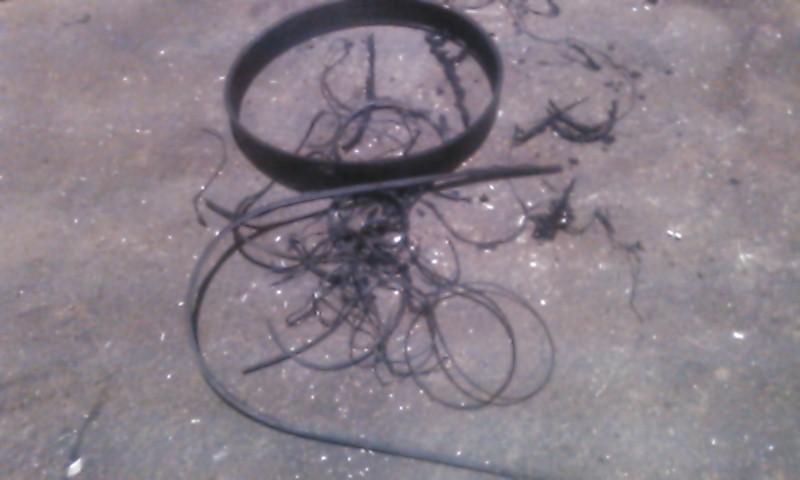Atomkinder
Titanium
- Joined
- May 8, 2012
- Location
- Mid-Iowa, USA
At work we've got two machines currently: A Haas VF-6SS and a Fadal VMC2216. Now the Haas will keep speed quite well, but I'm attempting to increase things such as tool life while either retaining or shortening cycle times. We make a lot of different parts, all for in-house products, so most runs are under ten parts, but we have a couple that I think would benefit greatly from some HSM paths, and the previous programmer did a garbage job of utilizing flute length, so we see a ton of end mills wear out the first 1/8" while the remainder sees almost no use.
The question here is: will the Fadal be able to handle some moderate HSM paths in mostly mild steel parts? Talking 60ipm with G8 turned on and leaving .02-.05" for finishing stock. I've been fairly impressed with it for a Fadal so far, and the G8 feature, so I'm hoping to get some return out of this investigation. I will be trying a path on some excess material tomorrow with an air blast on an AlTiN 4-flute, hot rolled steel, nothing special, but we rarely deal with special anyway.
Anyone tried this? Or do this regularly?
The question here is: will the Fadal be able to handle some moderate HSM paths in mostly mild steel parts? Talking 60ipm with G8 turned on and leaving .02-.05" for finishing stock. I've been fairly impressed with it for a Fadal so far, and the G8 feature, so I'm hoping to get some return out of this investigation. I will be trying a path on some excess material tomorrow with an air blast on an AlTiN 4-flute, hot rolled steel, nothing special, but we rarely deal with special anyway.
Anyone tried this? Or do this regularly?




